Search
Gallery
| A8 16 and 16 SL |
|
The interior design and the materials used also did not please the traditional Anadol customers. Many of the design characteristics, especially the door windows and frames, were borrowed from older Anadol models such as the SV-1600 which was designed in 1973, and most potential customers saw this car as a hodge-podge of old Anadol spare parts, mixed with some new ideas.
View the embedded image gallery online at:
https://anadolturkey.com/web/en/models/a8.html#sigFreeIdff9eac3e71 During the production in 1981 and 1982, some of A8 cars have been powered by 65 HP (5200 rpm) 1599cc Ford KentCrossflow OHV engine, and some others by 74 HP (5300 rpm) 1.6 Pinto E-Max SOHC (1593cc) type engine. Even this high-performance engines could not improve the popularity of these cars. As a result, in order to reduce the production costs, this engine was no longer used in the A8-16 SL models of 1983-1984 and 1599cc Ford (I-4) Kent Crossflow, 4 cylinder OHV. The 5-seat body built from fibre glass, is affixed to an H-frame chassis. The chassis has independent front suspension utilising coil springs and leaf springs on a live axle for the rear. Brake system is mono hyrolic servo assisted system with disc in the front and drum in the rear. Hand brake, between front seats, is mechanical and brake lever connected by a cable to another lever at rear axle. Cluch system is cable. Gear box with cast iron block, is Ford type 3 model with manual transmission. Steering system is rack and pinion. On the dashboard, there were two Smiths gauges: on the left a speedometer and on the right another gauge with water temperature and fuel indicators . A8 model cars were produced 300 examples as 16 (1981/11-1982/01) and 713 examples as 16 SL (1982/01-1984/01). Total A8 production is 1013.A8 was the last model of Otosan under Anadol brand. The Anadol passenger car production has been ended by Otosan in 1984. The R&D studies for the new models have been ceased. The global economic developments and the unstable domestic political and economical situations, together with the increasing oil prices forced Otosan to end up the already developped R&D studies of the new prototypes. However, Otosan continued the manufacturing of the pick-ups (otosan 500 and Otosan 600D) until 1991. Otosan has signed another protocol with Ford Motor Company in 1984 for the production of Ford Taunus (Cortina) passenger cars. The investments in the Hasanpasa-Istanbul factory for the new production lines ended in 1985 and Ford Taunus passenger car production continued between 1985-1993. The last production of Hasanpasa Factory was Ford Escort (1993-1999).In 1997, Ford Motor Company and Otosan signed an agreement for a joint-venture and Ford Otosan has been born. Today Ford Otosan continue the production of Transit Connect in their new plant in Golcuk-Kocaeli and Ford trucks in another plant in Inonu-Eskisehir.
|













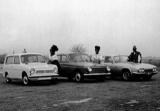


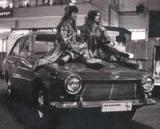







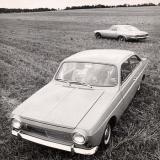









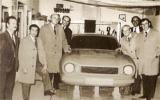


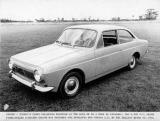
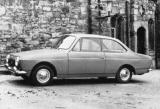
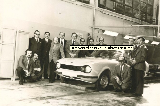

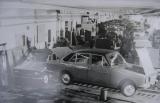
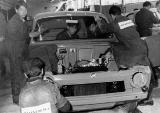
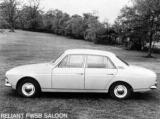




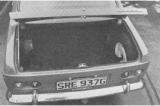





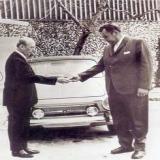
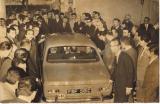




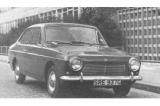



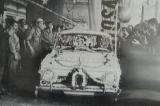



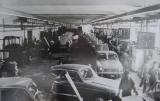


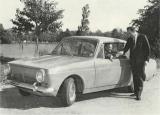
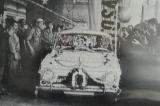
 Production of the 4-door A8-16 series began in 1981/11 after the A2 SL model. The design concept of the A8-16 was largely inspired by the
Production of the 4-door A8-16 series began in 1981/11 after the A2 SL model. The design concept of the A8-16 was largely inspired by the 